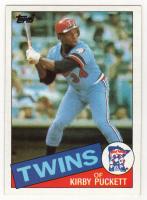 In my previous post (written an hour or so ago) I mentioned car dealerships calling me.
In my previous post (written an hour or so ago) I mentioned car dealerships calling me.
That’s because, as I prepare to start a new job in the suburbs, I find I must, with regret, say goodbye to light rail transit and return to the world of commuting by car. Since we presently have only one car (the 2000 Civic I bought the last time I started a new job in the suburbs), and with the added scheduling complexity of life with kids, it’s time to get another one.
Thinking “family,” we had been eyeing the Subaru Forester for quite some time. It has lots of room to haul kids and their attendant necessities, and it’s not a minivan or monstrous SUV, which we’ve tried to avoid. But then we took a really close look at one for the first time and fell out of love. The salesman mentioning, almost in his first breath, the “significant depreciation” they suffer the moment you drive them off the lot didn’t really help either. So we kept it in mind but decided to take a drive through the lot of a nearby Honda dealership.
We’ve owned a total of four cars in our dozen-ish years of marriage, and they’ve all been Hondas. So with Honda, we know what we’re getting, and we like it. But we don’t want another Civic, and we don’t really want an Accord. We considered the Element and the CR-V, but then we saw…
The Fit is it! (The only thing I don’t like is “The Fit is go!” But I expect slogans to be stupid.) So unbelievably small (looking) on the outside, but get inside and it’s like the tents at the Quidditch World Cup in Harry Potter and the Goblet of Fire. (OK, maybe I shouldn’t admit how easily that reference comes to mind.) It is truly a marvel of design. There’s just about as much passenger and cargo space in it as in the Forester, but it is small and low and unobtrusive (which is how we like it, contrary to many Americans these days, it would seem). And it gets an extra 10 miles per gallon. Besides, it just looks cooler. I mean, come on. You can take a picture of the Forester in every picturesque city on the Adriatic that you want, that doesn’t make it look any better. (Even if that seaside village seems to be straight out of Project Gotham Racing 2. Am I right?)
So, the search is on. I’ve talked to a few dealerships in the area. Soon the test drives and the purchase and the financing and the payments. And the driving!
Ah crap, I wanted to surprise my parents with it though, like they always do to us when they get a new car. Dad, stop reading this! Too late.

